Blog #78 How Do You Make Better Pictures?
Blog #78 How Do You Make Better Pictures?
There are many many options out there for those who aim to improve their photography. How do we sort through the information jungle? Learning to make pictures is similar to learning other skills or crafts, except that each image that we make is essentially different. Mastery of skills that are involved with in various occupations such as carpentry, electric work, auto repair, teaching, and others come from simple steps.
The first step is to learn the background of the field, its history. This is not necessary to make good pictures but it is important for comprehensive understanding of the field. Next, we learn about the basics, then the advanced techniques. Knowledge in most fields is cumulative and needs to be delivered in a sequential manner because the basic information is a prerequisite to learning the more advanced. In photography, we don’t teach students about bracketing until they understand basic exposure for this reason. These days, skills such as website design, post-processing, and business marketing including social media are required for success as a professional.


I’ve written in previous blogs about self improvement and living the creative life. Here, I will add to those lessons by including an emphasise on foundation skills and having fluency over your foundation skills before real improvement can be achieved. Foundation skills include but are not limited to:
- Getting proper exposure
- Nailing good-enough focus
- Composition and framing (this is probably the most important).
- Reaction time [attention] to the scene in front of you or actually making the picture at the right time (especially in street photography)
- People skills (if you are making pictures of people, otherwise, you need hiking or SCUBA diving skills)
Basically, these skills needs to be practiced, over and over. Having an idea of a series or project is also helpful, of course. This list could be expanded to include post-processing (yuk!), editing, marketing, public relations, social media, and other business-related skills but that’s a bit much given the title of this blog post.
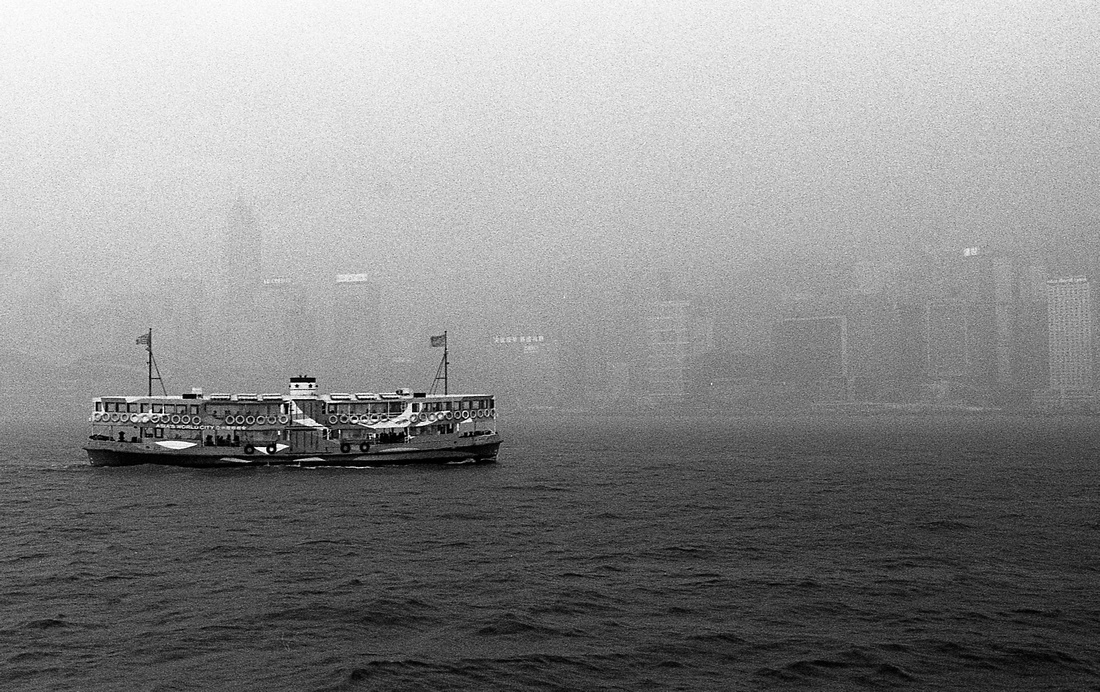

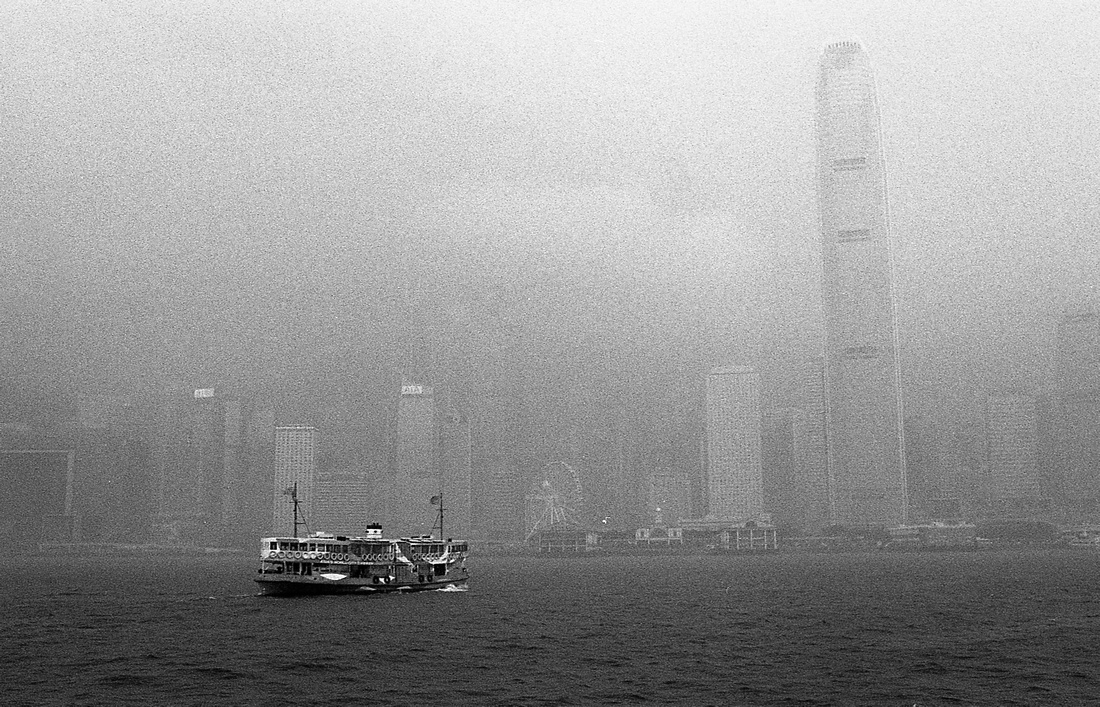

These skills need to be fluent and automatic for more complex skills to emerge. This is basically true of learning to do anything. How do we teach these skills to mastery? Good question? I don’t think anyone really does when it comes to making pictures. We read books, take classes, work on projects but we don’t actually drill and practice to a predetermined criterion or level of achievement. What would that even look like?
Goal 1: Make 100 images with perfect exposure using a fully manual camera with a light meter, then without a light meter.
Goal 2: Take 100 pictures in 5 minutes or less all in perfect focus using a manual focus lens, then using autofocus.
Goal 3: Make 20 images using one of 10 different compositional techniques, everyday for one month (i.e. leading lines, rule of thirds, size, blurred background, etc…).
Is this sounding like photography boot-camp? Where do you sign up you ask? I’m not sure that all of that is entirely necessary, albeit it would probably be helpful to master.
Instruction from books or people can be helpful. For more on that, click here. What people need regardless of the source is consequences for the photos that they are making. In short, we all need critique. Critique is basically a process of description. It’s not a question of whether you like the work or not but rather if the work, well, works!
Critique is a process of reviewing, and describing images and stating
“This image works because…”, or
“This image does not work because…”.
Of course we’re all subjective people but some of us have a education in photography and therefore a vocabulary that can be helpful in describing images in this manner.
So, there it is. Practicing component skills and critique be equal improvement. Now go for it.
The light is always right.
jhg
The images herein were made on a rainy day in Hong Kong with a Nikon camera, 35mm lens, Kodak TRI-X 400 ISO 35mm Black and White film pushed one stop to 800 and developed at home in Bergger’s Berspeed developer. They were scanned on an Epson V600.
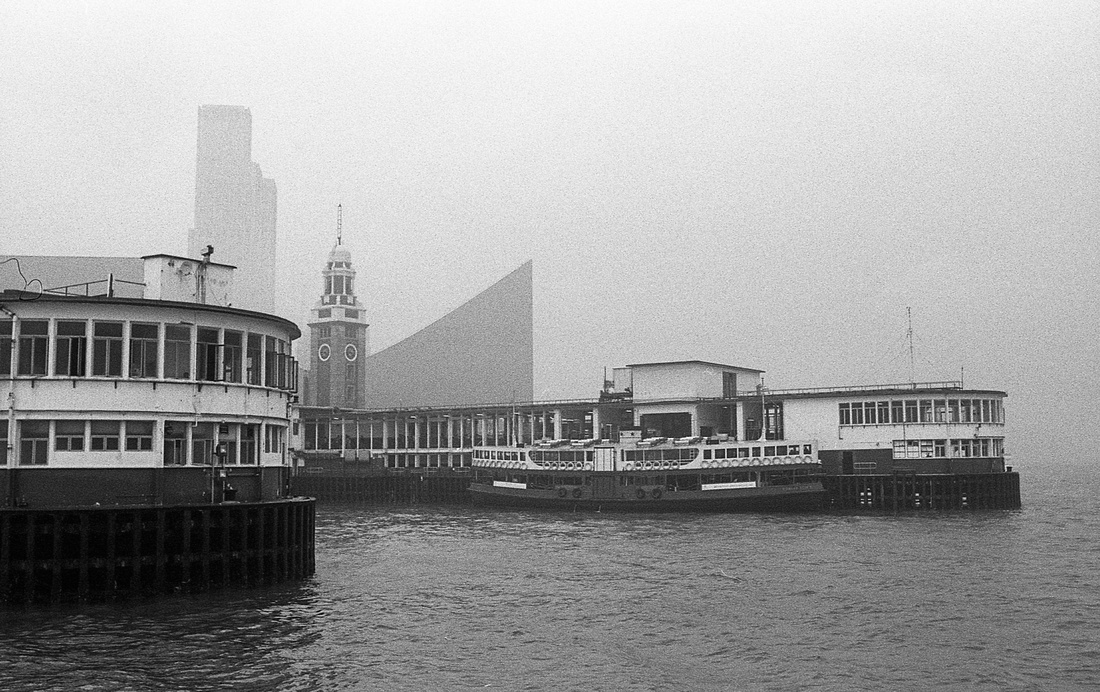

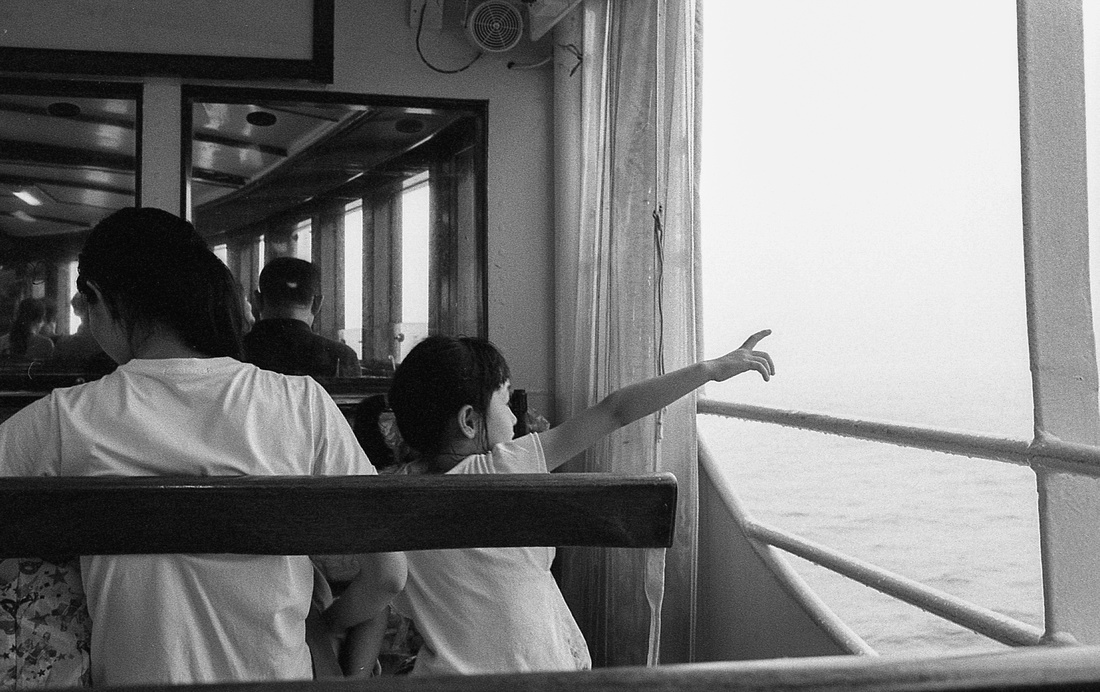

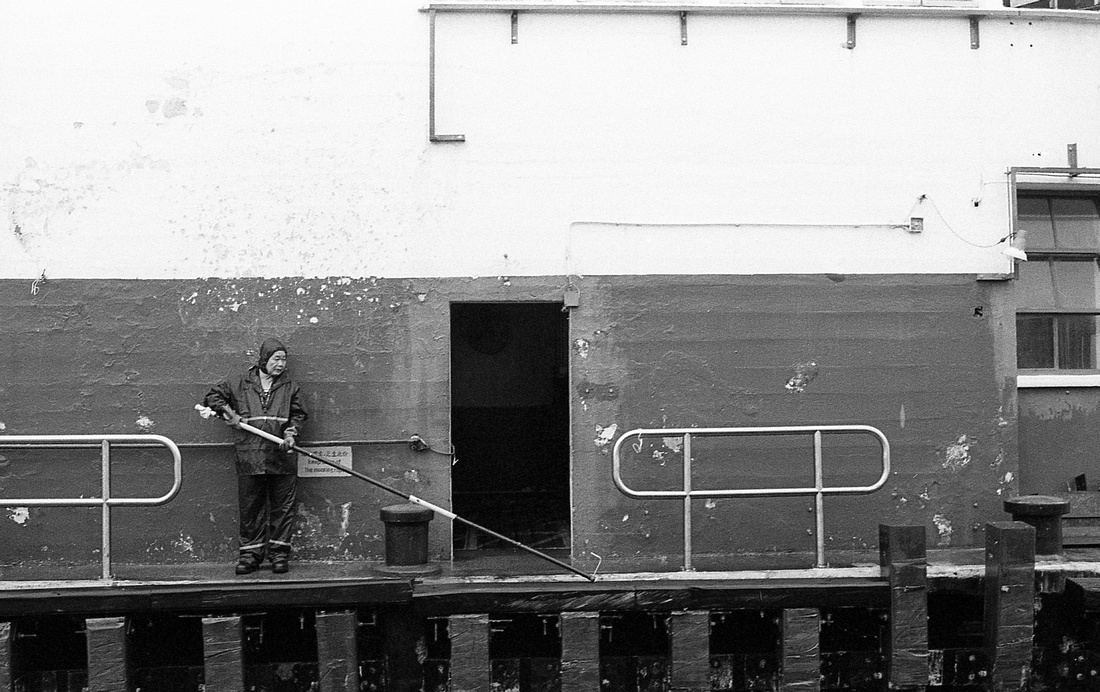

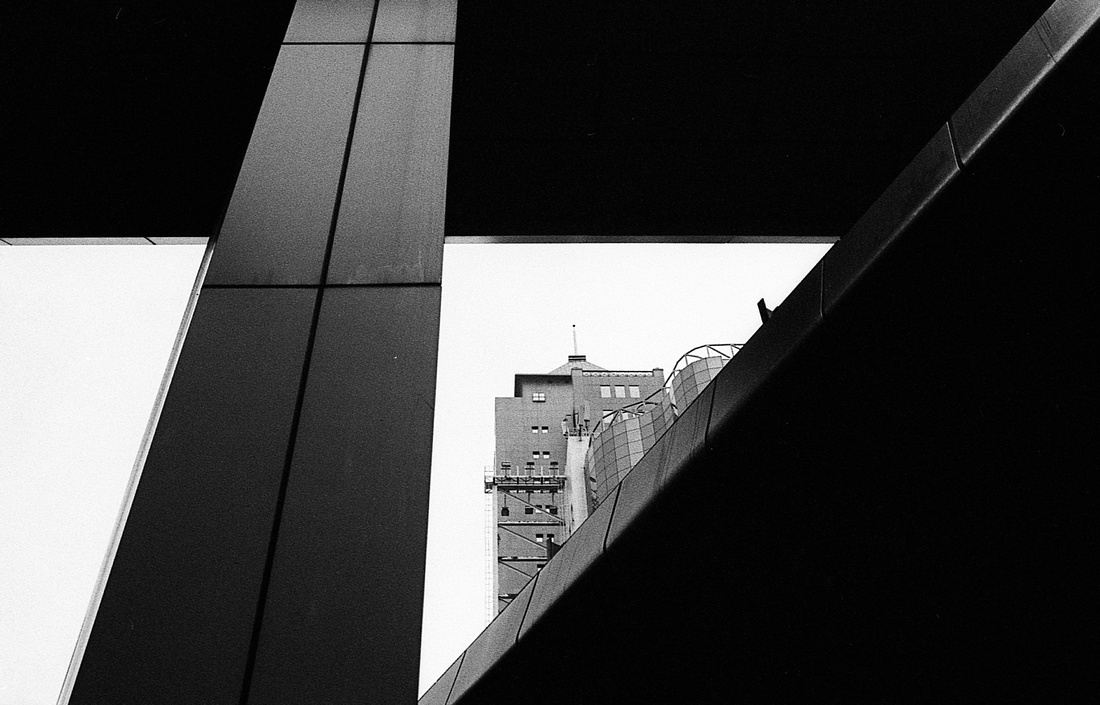



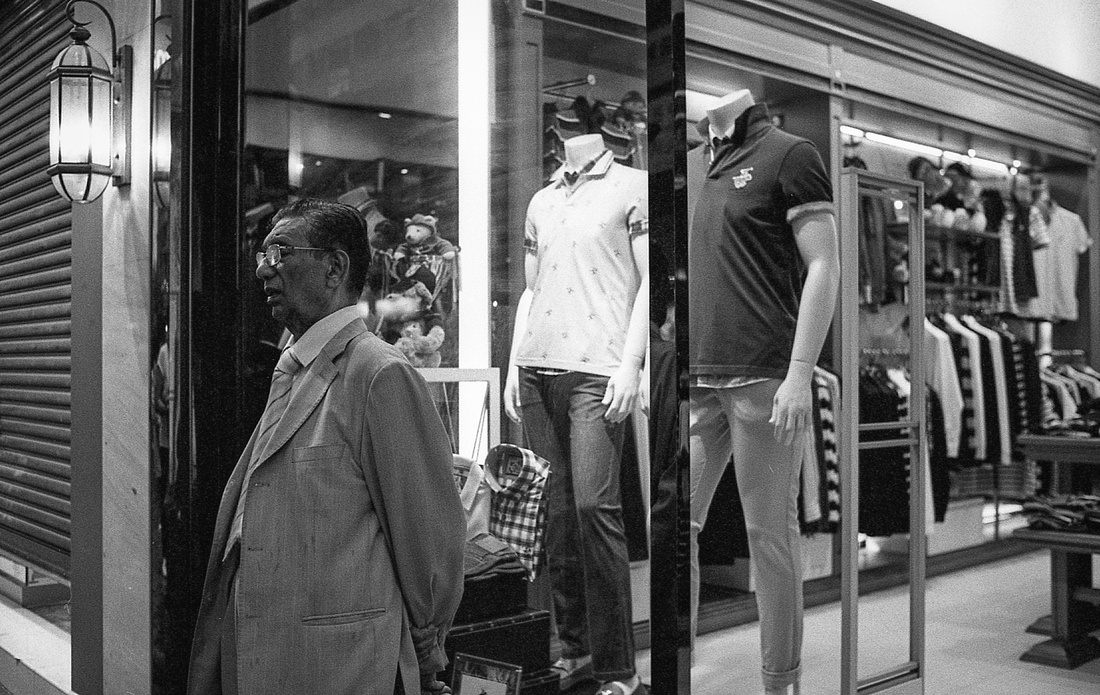

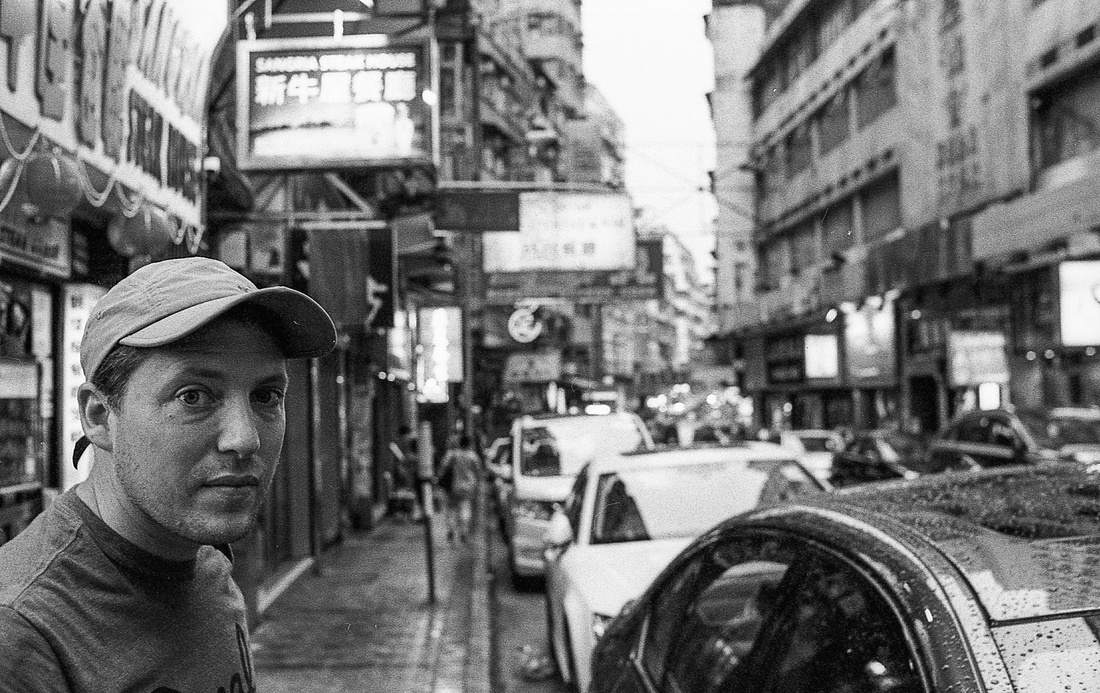

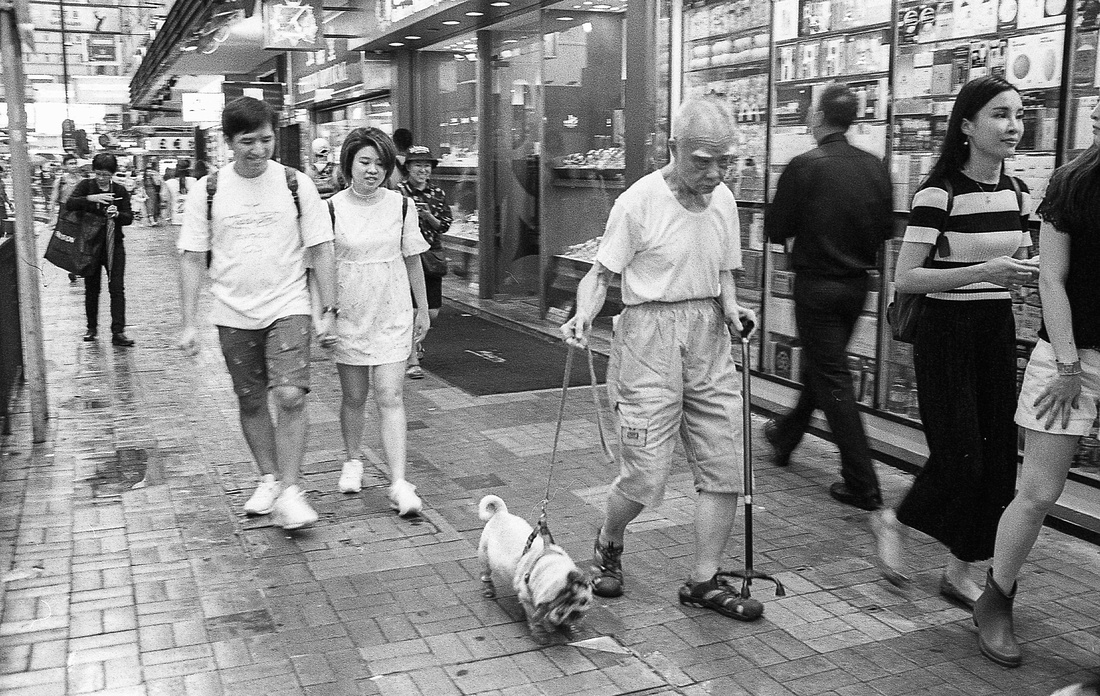

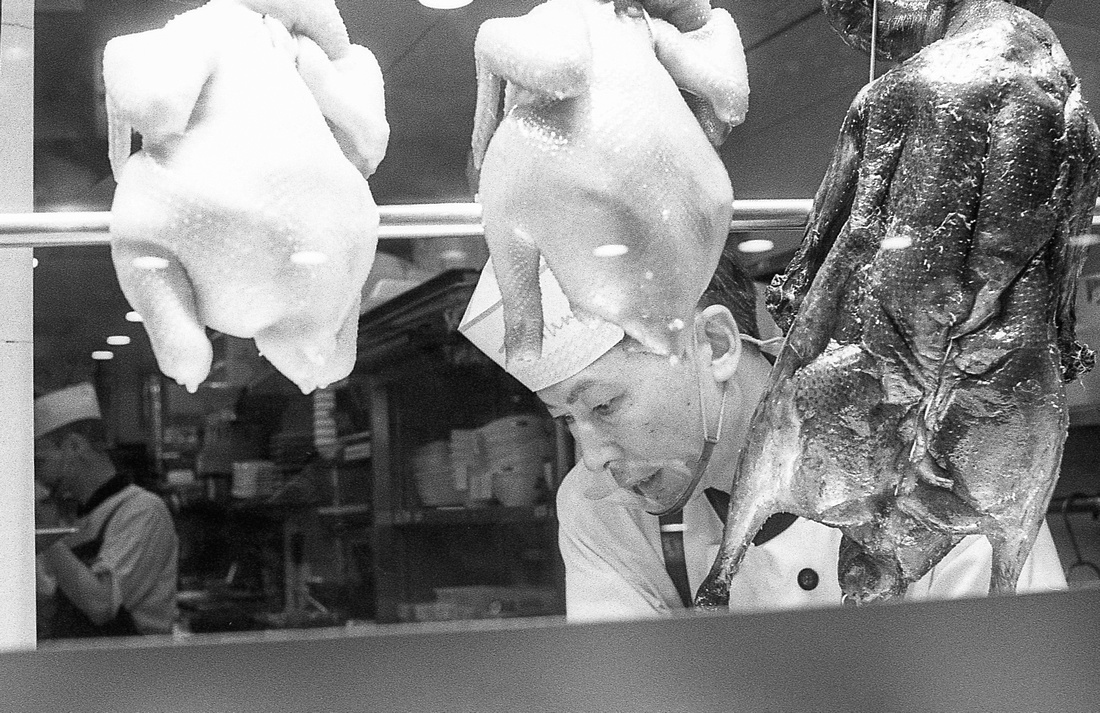

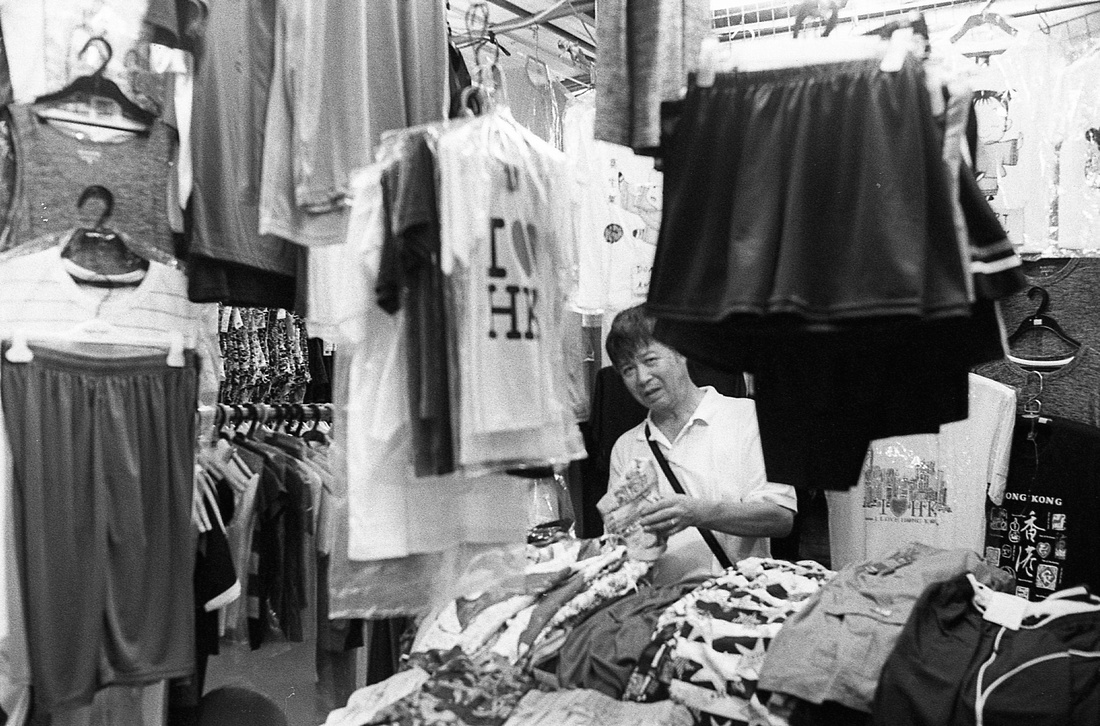

Casual Photophile Tip & Techniques No. 001 The Subject is the Subject
The Inspired Eye Photography Magazine Issue #40 (full interview)
Hong Kong Free Press: HKFP Lens
Blog #47 Composition, Composition, and More Composition
Blog #65 Summer is for Travel (Hanoi)
Blog #67 Risks, Rules, & Restrictions
Blog #68 Photography is a Gift
Blog #72 Living the Creative Life